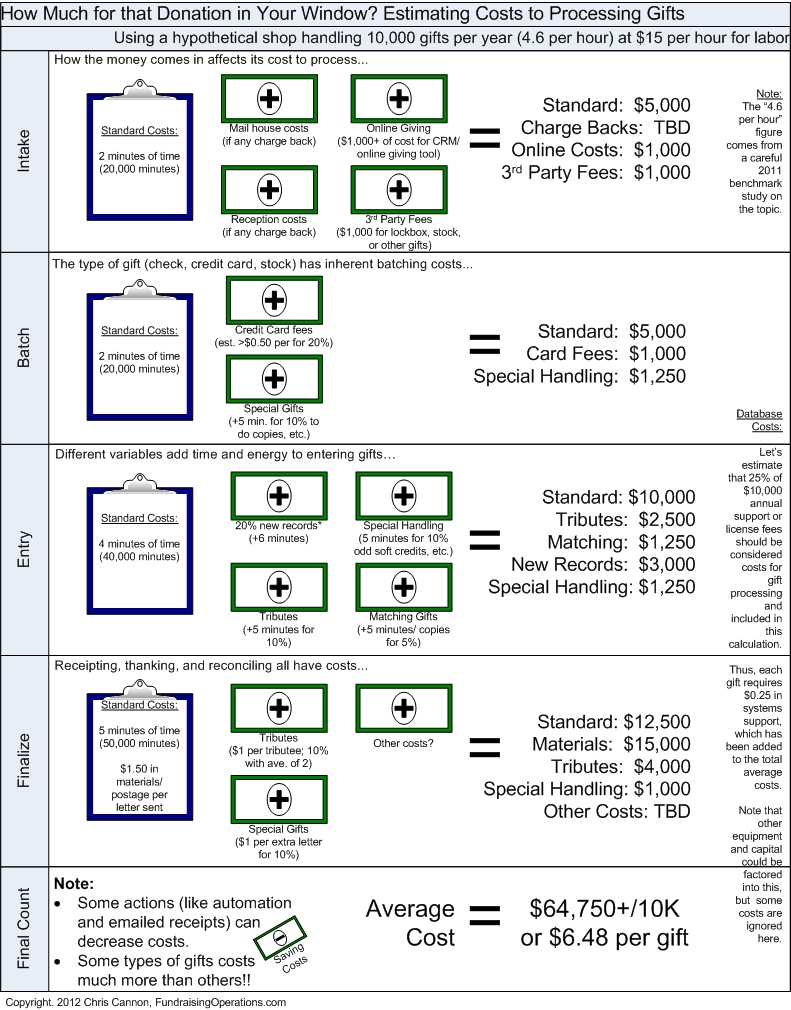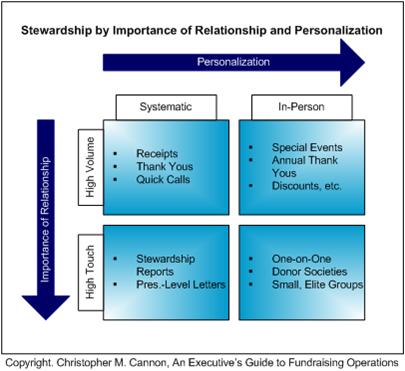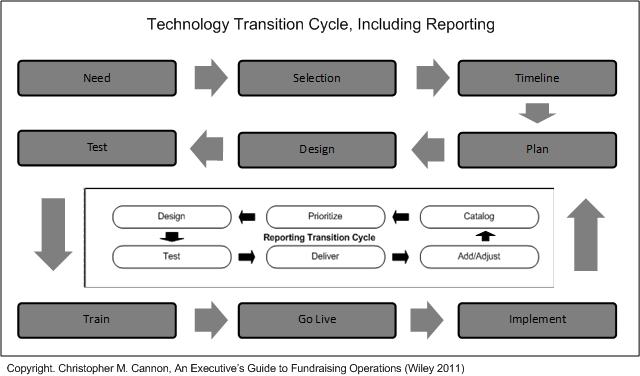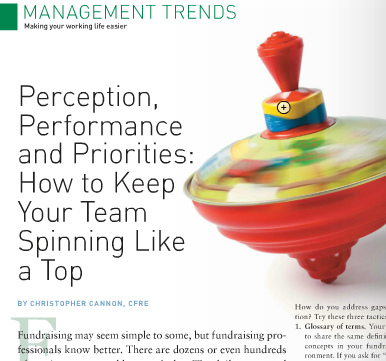After 1,000’s of discussions with gift officers and prospect development professionals around the world, I’ve come to a simple conclusion: we could all be doing more. More research. More discovery. More proposals. More prospect management meetings. More data entry and tracking. More, well, fundraising. What I have mostly learned, though, is that doing more through better partnership is attainable using three easy-to-remember tactics.
The Obstacles:
Discussions with prospect development professionals in research, prospect management and analytics typically include sentiments like:
- “Sometimes I hear back from the fundraiser, but I usually don’t.”
- “I don’t even know if they read the profile.”
- “The meetings we hold are so frequently canceled or ignored, I don’t know why we bother.”
From frontline fundraisers, I hear all too often:
- “I’m increasingly just using Google…”
- “Prospect management meetings and other parts of the process really have nothing to do with how I operate.”
- “It’s tough to be subjected to a barrage of questions from folks who’ve never asked for a big gift.”
The Solution
There are three simple tactics that address these issues:
- Respect: All sides bring value. Respecting each other’s strengths does not diminish our own. Instead, all parties need to celebrate what they do best and bring to the table. Every great organization succeeds through an effective division of labor, so make sure all divisions are respected in the process.
- Discipline: Neat and nifty tools and options are a distraction. So, new predictive models, meeting approaches, or discovery tactics need to be rooted in a disciplined focus on what’s best for donors and our organizations. This means no Blackberrys and iPhones in meetings and it means no “information for information’s sake” 20 page profiles.
- Planning: Fundraising is challenging because its not transactional. We cannot force (or even persuade) donors to give big gifts, so this means we must all be strategic planners. You must use every bit of intelligence, every database field, and every chance encounter with great prospects to build a team-wide plan to engage the best prospects. Then remembering the respect-discipline tactics, rigorously execute plans.
Team-based solutions for prospect development are best, but they are elusive. Many 1,000’s of conversations on the topic have convinced me, though, that the issue isn’t the database or the reporting scheme. It’s not the codes or other system details. The root challenge–and, consequently, the source of the solution–is more elementally embedded in how we respect each other, focus our energy, and plan for the future.




